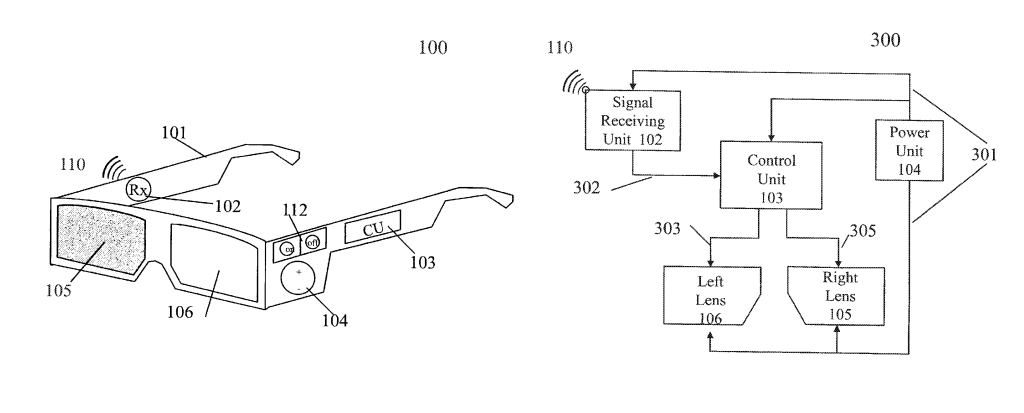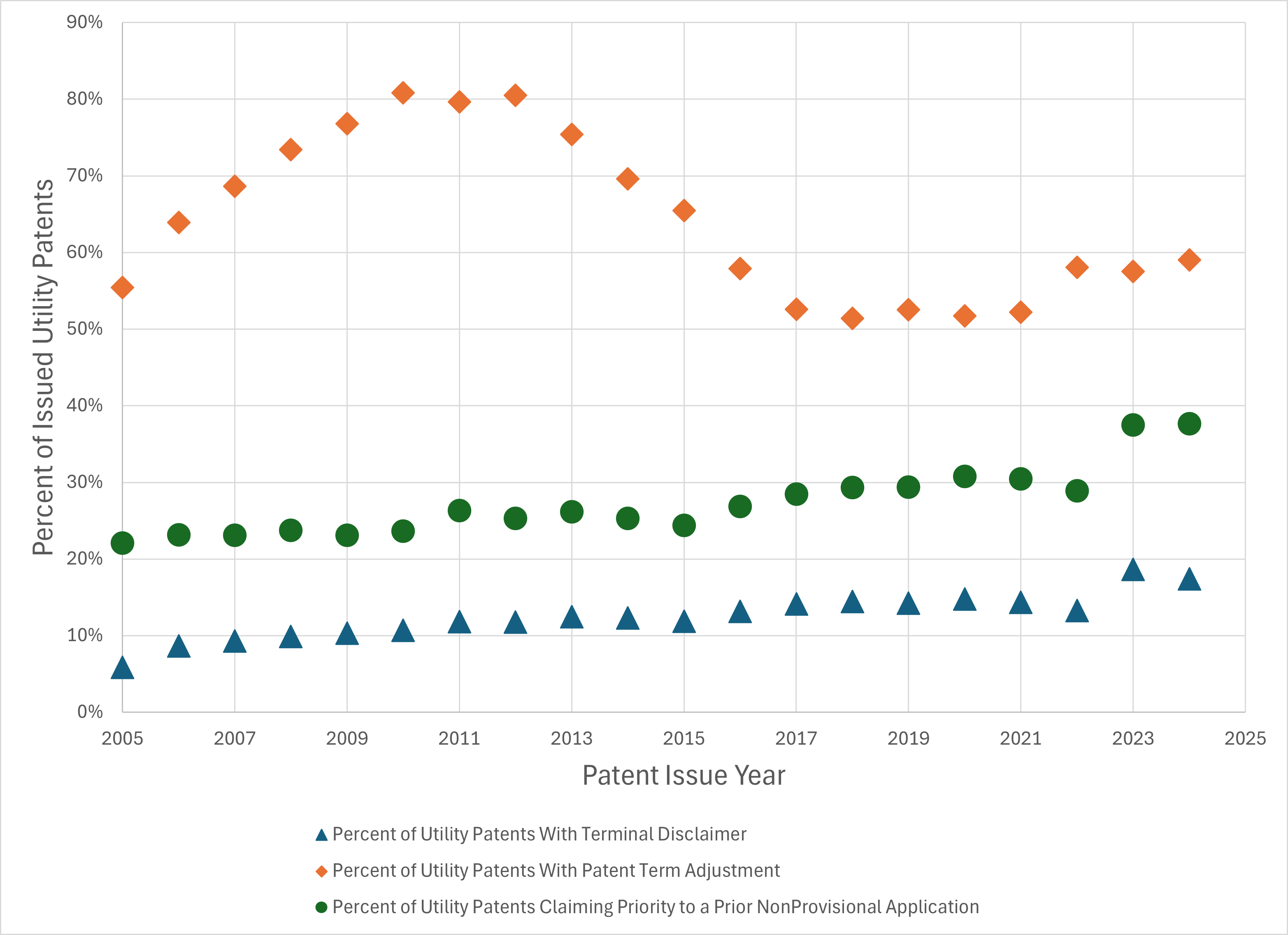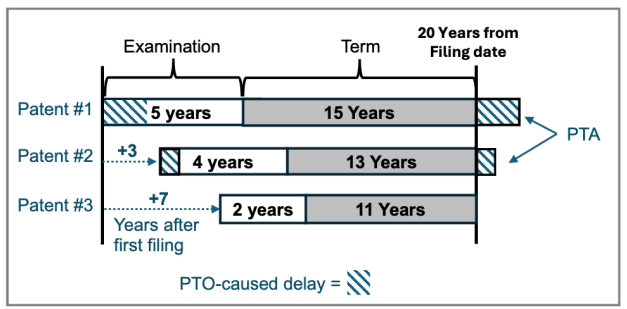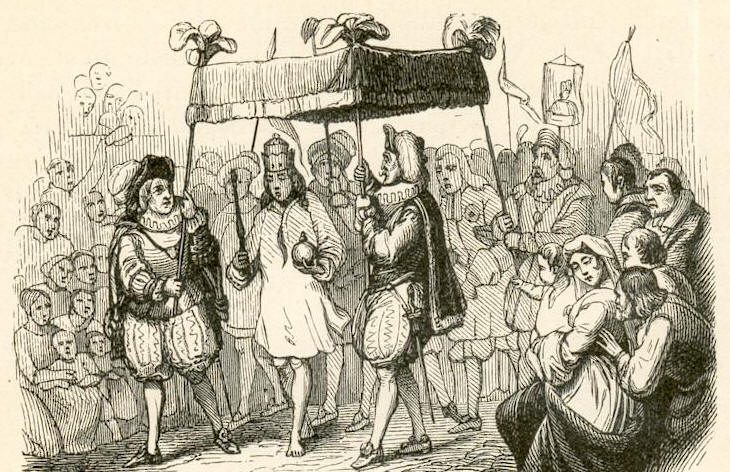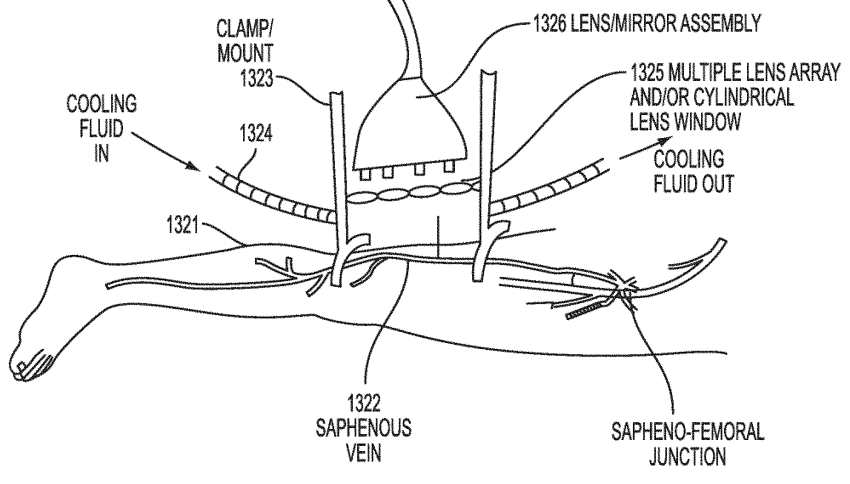As the Supreme Court’s 2023 year draws to a close, the court has denied certiorari in the vast majority of IP related cases, with the Dewberry trademark damages case left as the only IP case granted certiorari. Seven petitions remain undecided and the court will pick them up again when it begins the 2024 term in late September. This post briefly reviews these cases. I’m listing some cases that I have not previously discussed first.
I. United Therapeutics Corporation v. Liquidia Technologies, Inc. (Case No. 23-1298)
This case centers on the Federal Circuit’s role in overseeing inter partes review proceedings. Petitioner is challenging the standard of review applied by the Federal Circuit when examining the Patent and Trademark Office’s (PTO) decisions in IPR cases. Paraphrased issues:
- Should the Federal Circuit review the PTO’s reliance on new grounds and new printed publications (not raised in the initial petition) de novo or only for an abuse of discretion when deciding to cancel patent claims?
- Should the Court overrule the Chevron deference doctrine?
On the second question, the court is currently considering a Chevron case and is likely to significantly change the doctrine within the next few days.
II. Bill Gaede, et ux. v. Michael Delay, et al. (Case No. 23-1252)
This is a bit of an odd case raising the concept of “scientific priority,” which I believe is really a right of attribution: Can the usurpation of scientific priority be considered a violation under the Lanham Act or the Copyright Act?
The Gaedes claimed that the defendants (Michael Delay, Anastasia Bendebury, and Biospintronics, LLC) had misappropriated their ideas and theories, attempting to assert copyright protection over these ideas and alleging unfair competition under the Lanham Act. Specifically, the Gaedes contended that Bill Gaede was the originator of certain theories and ideas, and that the defendants were wrongfully presenting these ideas as their own in services they sell on the internet.
The Ninth Circuit affirmed the lower court’s dismissal; holding that the Gaedes were trying to protect ideas, which are not copyrightable and that the unfair competition claim was not viable based on the Supreme Court’s interpretation in Dastar Corp. v. Twentieth Century Fox Film Corp.
III. Kirk Johnston v. Nickleback (Case No. 23-1243)
Petitioner, Kirk Johnston allegedly wrote the song “Rock Star” and is suing Nickelback band members for copyright infringement based upon its own rock star song. The district court dismissed the case on summary judgment, writing that both songs include lots of tropes about famous musicians but that the two songs “do not sound alike.” In his petition, Johnston argues that the lower court improperly decided the facts on summary judgment:
1. Can courts disregard expert evidence on substantial similarity at the summary judgment stage?
2. Should courts make factual determinations on access and substantial similarity at the summary judgment stage, potentially denying plaintiffs their right to a jury trial?
3. How should courts handle the “discovery rule” in copyright cases, particularly regarding the scope of available damages?
Johnston is pro se in this case.
IV. Cellect, LLC v. Vidal (Case No. 23-1231)
I’ve previously written about this case which focuses the interplay between statutory provisions and old judge-made doctrines in patent law. Specifically, the case asks whether a patent procured in good faith can be invalidated for obviousness-type double patenting when family member patents have varying expiry dates due to Patent Term Adjustment (PTA) caused by USPTO delays in granting patent rights.
V. Chestek PLLC v. Vidal (Case No. 23-1217)
This is an administrative law case asking when the APA requires the PTO to conduct formal rulemaking. Is the PTO exempt from notice-and-comment requirements when exercising its rulemaking power under 35 U.S.C. § 2(b)(2)?
VI. Eolas Technologies v. Amazon.com, Inc., et al. (Case No. 23-1184)
This case, also involving accused infringers Google and Walmart focuses on patent eligibility.
- Are claims drawn to solving specific problems in computer-network technology patent-eligible under § 101 and Alice?
- Can Alice’s two-step eligibility analysis properly subsume considerations traditionally falling under §§ 102, 103, and 112?
- Are the specific claims of the ‘507 patent eligible for patenting under § 101 and Alice?
The patent at issue (9,195,507) includes aspects of the internet that many see as fundamental — perhaps it claims priority back to 1994.
VII. Tarun Surti v. Fleet Engineers, Inc. (Case No. 23-1142)
This case raises several issues related to patent infringement litigation, particularly focusing on the rights of individual inventors and small entities. The petitioner, a pro se individual inventor, is challenging various aspects of the lower courts’ handling of his patent infringement case, including application of the doctrine of equivalents; proper remedies for patent infringement, and tortious interference in the context of patent disputes.


